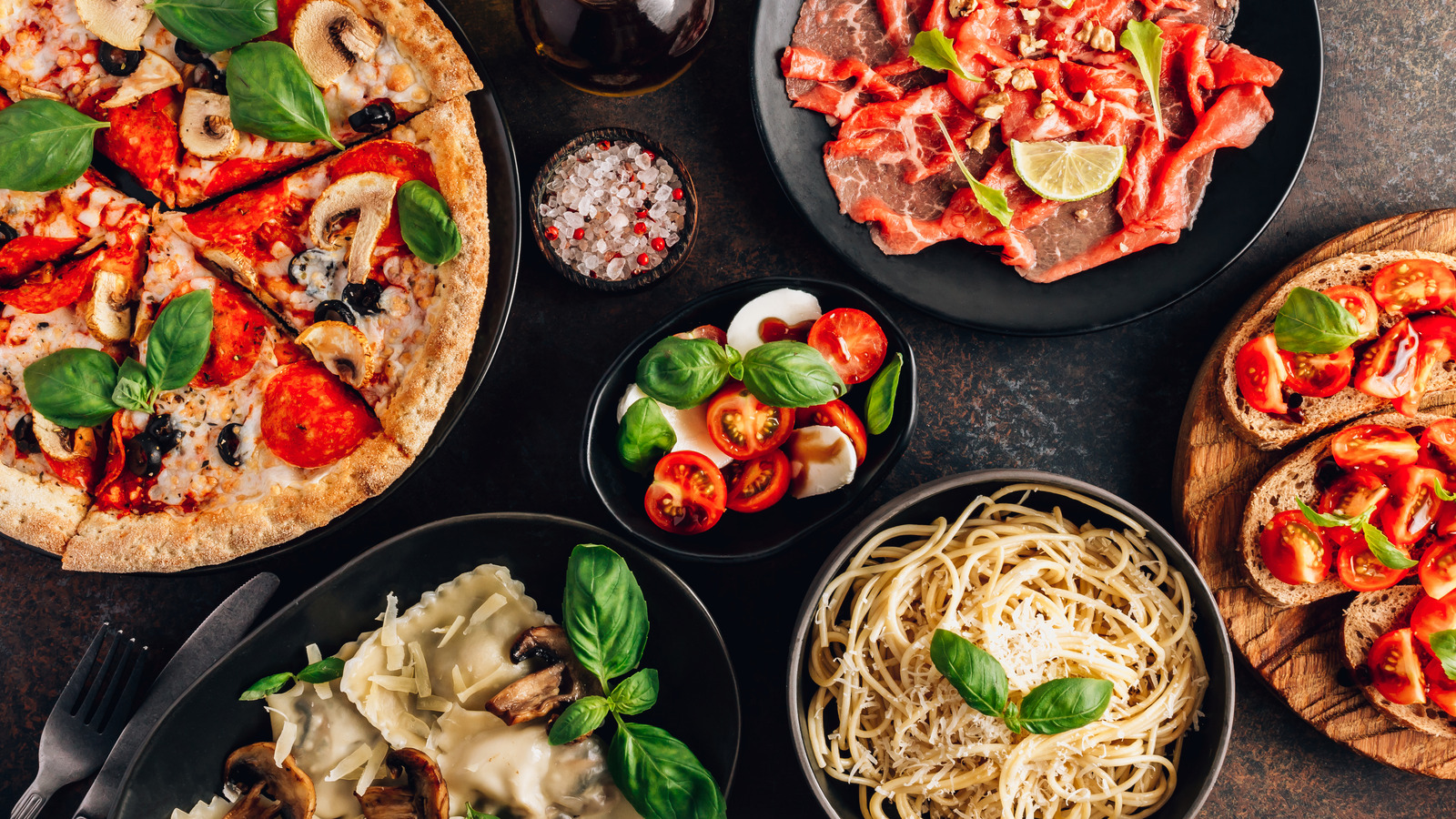As the cold winter months roll in, there's nothing quite like a warm bowl of soup to bring comfort and nourishment. Among the many varieties of soups, Italian Minestrone stands out as a classic, hearty, and flavorful option that brings together a medley of vegetables, beans, pasta, and rich tomato broth. This recipe is not only a staple in Italian households but also a beloved dish around the world for its versatility and heartiness. Whether you're cooking for a family dinner or preparing meals for the week, this Italian Minestrone soup is a must-try.

What Makes Italian Minestrone Special?

Minestrone is more than just a soup—it’s a celebration of seasonal ingredients and a reflection of the "cucina povera" philosophy, which means “poor kitchen” in Italian. It was traditionally made with whatever vegetables were available, making it a flexible and resourceful meal. Today, it has evolved into a nutritious and comforting dish that can be customized to suit personal tastes and dietary needs.
The key elements of an authentic Minestrone include:
- Vegetables: Carrots, onions, celery, zucchini, green beans, and spinach are commonly used.
- Beans: Kidney beans, cannellini beans, or other legumes add fiber and protein.
- Pasta: Small shapes like ditalini or elbow macaroni provide texture and body.
- Tomato-based broth: A rich, savory base that ties all the ingredients together.
- Herbs and spices: Fresh basil, garlic, and red pepper flakes enhance the flavor profile.
Key Ingredients and Substitutions

While the traditional recipe uses pancetta, olive oil, and a mix of broths, there are several ways to adapt this soup to fit different preferences or dietary restrictions. For example:
- Pancetta: Adds depth of flavor, but it can be omitted for a vegetarian version or substituted with bacon if desired.
- Olive oil: Enhances the overall richness of the soup. If skipping pancetta, adding an extra tablespoon of oil can help maintain the flavor.
- Red pepper flakes: Provide a subtle kick without overwhelming the soup. Adjust the amount based on your heat tolerance.
- Onions and celery: These form the base of the soup, providing a savory foundation. They can be swapped with shallots or leeks if preferred.
- Carrots: A staple in Minestrone, but their quantity can be adjusted depending on your taste.
- Green beans: Add crunch, but they can be replaced with peas, zucchini, or sweet potatoes.
- Garlic: Essential for flavor, and should not be substituted with garlic powder.
- Italian seasoning: Adds a blend of herbs, but can be omitted if not available.
- Tomato paste and diced tomatoes: Create a thick, rich broth that forms the backbone of the soup.
- Broth: A combination of chicken and beef broth offers a heartier flavor, while vegetable broth provides a lighter alternative.
- Beans: Kidney and cannellini beans are popular choices, but any variety can be used.
- Pasta: Cooking it separately prevents it from becoming mushy when reheated.
- Spinach: Added at the end for a quick wilt, but can be substituted with escarole or arugula.
- Basil and lemon juice: Fresh basil adds a pop of flavor, while lemon juice brightens the overall taste.
- Parmesan cheese: Adds a creamy, salty finish. For vegan versions, plant-based cheese or no cheese can be used.
How to Make Italian Minestrone Soup

Creating this soup is a straightforward process that involves sautéing aromatics, simmering the vegetables, and finishing with fresh herbs and pasta. Here’s a step-by-step guide:
- Cook the Pancetta: In a large pot, cook the pancetta until crispy. Set aside for later use.
- Sauté the Vegetables: In the same pot, add olive oil, onion, celery, and carrots. Cook until softened, then add garlic, Italian seasoning, and tomato paste.
- Add Liquids: Pour in diced tomatoes, crushed tomatoes, and broth. Bring to a boil, then reduce heat and simmer for 30 minutes.
- Add Beans and Pasta: Stir in the beans and pasta, cooking until the pasta is al dente.
- Finish with Greens: Add spinach and cook for a minute until wilted. Stir in basil and lemon juice.
- Serve: Ladle the soup into bowls, sprinkle with pancetta bits and grated Parmesan, and enjoy!
Tips for Success
- Use Fresh Herbs: Fresh basil and parsley make a significant difference in flavor compared to dried alternatives.
- Adjust the Broth: A mix of chicken and beef broth offers a robust flavor, but vegetable broth is a great alternative for vegetarians.
- Add a Parmesan Rind: For extra umami, toss in a Parmesan rind while simmering the soup.
- Cook Pasta Separately: To prevent it from becoming soggy, cook the pasta separately and add it just before serving.
- Experiment with Veggies: Use seasonal produce to keep the soup interesting and varied.
Variations and Customizations
One of the best aspects of Minestrone is its adaptability. Here are some ideas to customize the recipe:
- Spicy Version: Add red pepper flakes for an extra kick.
- Protein Boost: Include cooked Italian sausage or shredded chicken for a meaty twist.
- Low-Carb Option: Omit the pasta and add more vegetables for bulk.
- Grain Swap: Replace pasta with farro, barley, or freekeh for a grain-based alternative.
- Seasonal Twist: In summer, use zucchini and squash; in winter, opt for root vegetables like potatoes and sweet potatoes.
Serving Suggestions
Pair your Minestrone with crusty bread, a simple salad, or a side of garlic butter. For a complete meal, serve it with a glass of red wine or a refreshing green salad. The soup is also perfect for meal prepping, as it stores well in the refrigerator and freezes beautifully (without the pasta).
Whether you're looking for a cozy dinner on a chilly evening or a nutritious meal to enjoy throughout the week, this Italian Minestrone soup is a versatile and satisfying choice. With its rich flavors, vibrant ingredients, and comforting warmth, it’s no wonder this soup has stood the test of time. So grab your favorite pot, gather your ingredients, and enjoy the deliciousness of a homemade Minestrone!